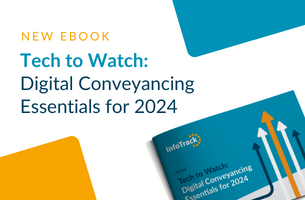
MacLeod: Figures should help students make informed choices
White students are significantly more likely to obtain pupillage than those from BAME backgrounds, with the gap widest among those who have not achieved the highest results, new figures have shown.
The annual statistical update from the Bar Standards Board (BSB) also revealed that the proportion of Bar professional training course (BPTC) students from outside the UK and Europe has reached almost half.
The difficulty experienced by BPTC students in getting pupillage is clear – just 41% of those from the UK and EU who enrolled between 2013 and 2017 had started a pupillage by March 2019.
“The likelihood of gaining pupillage varies widely by degree class and BPTC overall grade in particular, with ethnicity and first degree institution also appearing to be possible influencing factors,” the BSB said.
“Those with an outstanding overall BPTC grade were the most likely to have commenced pupillage.”
Around 83% of ‘outstanding’ candidates with a first-class degree had started a pupillage by March 2019, and 73% of those with a 2.1. No more than 11% of those being graded ‘competent’ had started a pupillage – regardless of their degree classification.
The report said that of those with a first-class degree and ‘outstanding’ BPTC grade, 84% of white students had a pupillage, compared to 71% of BAME students.
For those with ‘very competent’ BPTC grades and first-class degrees, the figures were 53% and 37% respectively, falling to 44% and 23% where the degree was a 2:1.
Some 26% of white students with a 2:2 and a ‘very competent’ BPTC grade had pupillages, compared to just 8% for BAME students.
Those attending the top universities – classified as the top 10 in The Times and Sunday Times Good University Guide – were more likely to have commenced pupillage compared to attendees of universities classified in the next 40, who were in turn more likely to have commenced pupillage than those attending other universities.
The report said: “For example, around 42% of those with a first-class degree and a ‘very competent’ overall grade on the BPTC, who also went to a university classified as being in the 11-50 best in the UK, had commenced pupillage; in comparison to 50% of those with an upper second-class degree and ‘very competent’ overall grade who went to a university classified in the top 10, had commenced pupillage.”
In all, a record number of students enrolled on the BPTC in the academic year 2017-18. The rise by 196 students to a total of 1,619 was the highest jump since the course began in 2011.
The BSB said most of the increase was down to overseas students. Their numbers rose by almost 20% to 766 students, or 47% of those enrolled on the BPTC course. A large majority (86%) of overseas students were from Asian backgrounds.
The proportion of UK and EU students from a BAME background also rose in 2017-18 to 37%. This is a rise of six percentage points in three years.
The proportion of female BPTC students continues to rise, from 52% in 2011/12 to 56% in 2017/18.
Almost a third (31%) of UK/EU students had a first-class degree, a big increase from the 20% with a first when the BPTC was launched in 2011.
Overseas students had a much lower success rate in passing the BPTC; fewer than two-thirds of those enrolled in 2017/18 had passed by January 2019, compared to 75% of students from the UK and Europe.
Of the latter group, 12% received an ‘outstanding’ grade, and 53% a ‘very competent’ grade.
Ewen MacLeod, director of strategy and policy at the BSB, commented: “The annual publication of these statistics gives us up-to-date data, which will be an important benchmark as we implement our reforms to training for the Bar.
“We also hope that this latest set of statistics will help students to make informed choices within the current qualification model.”















Leave a Comment